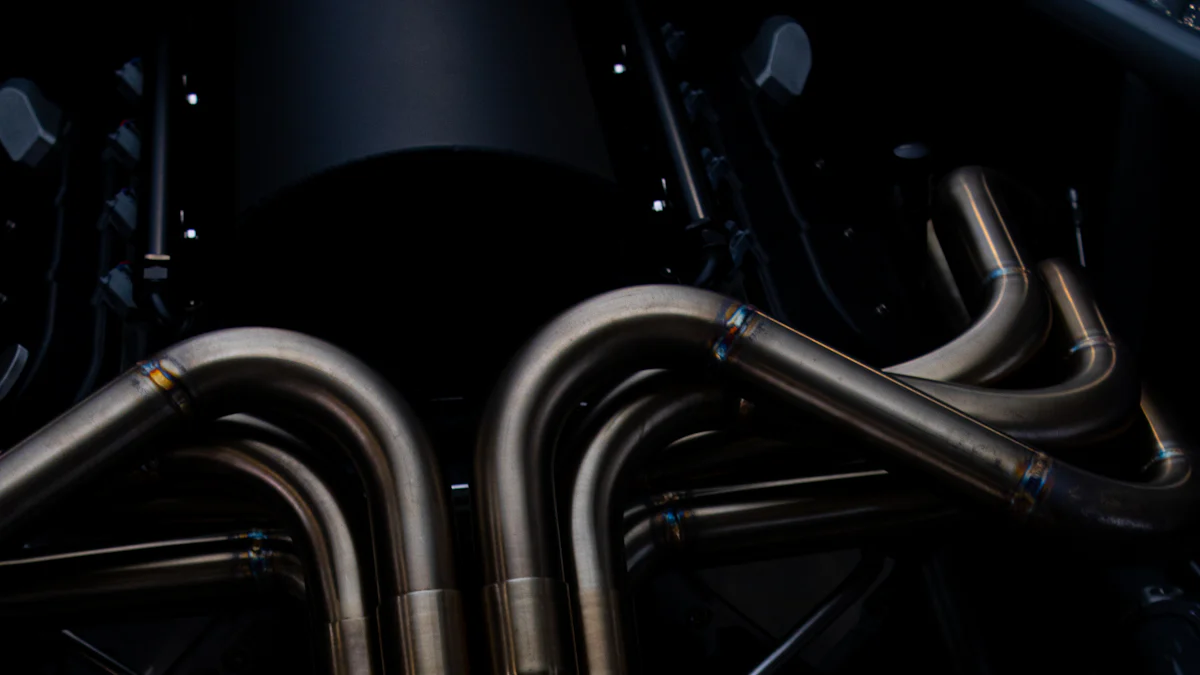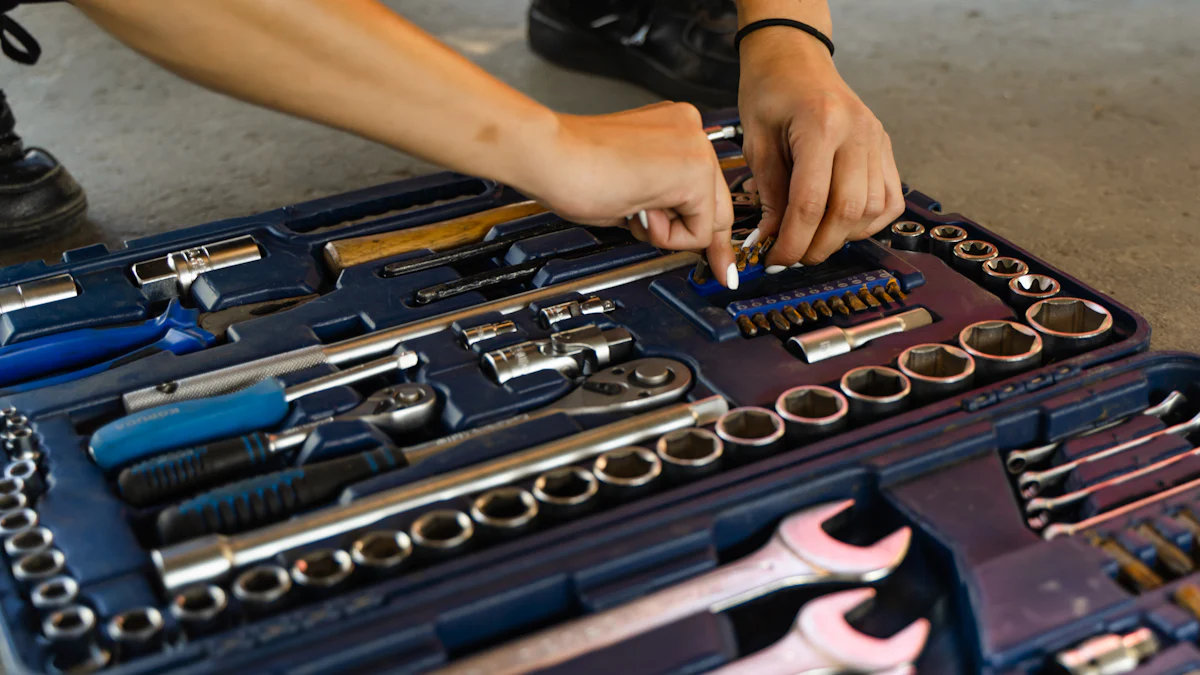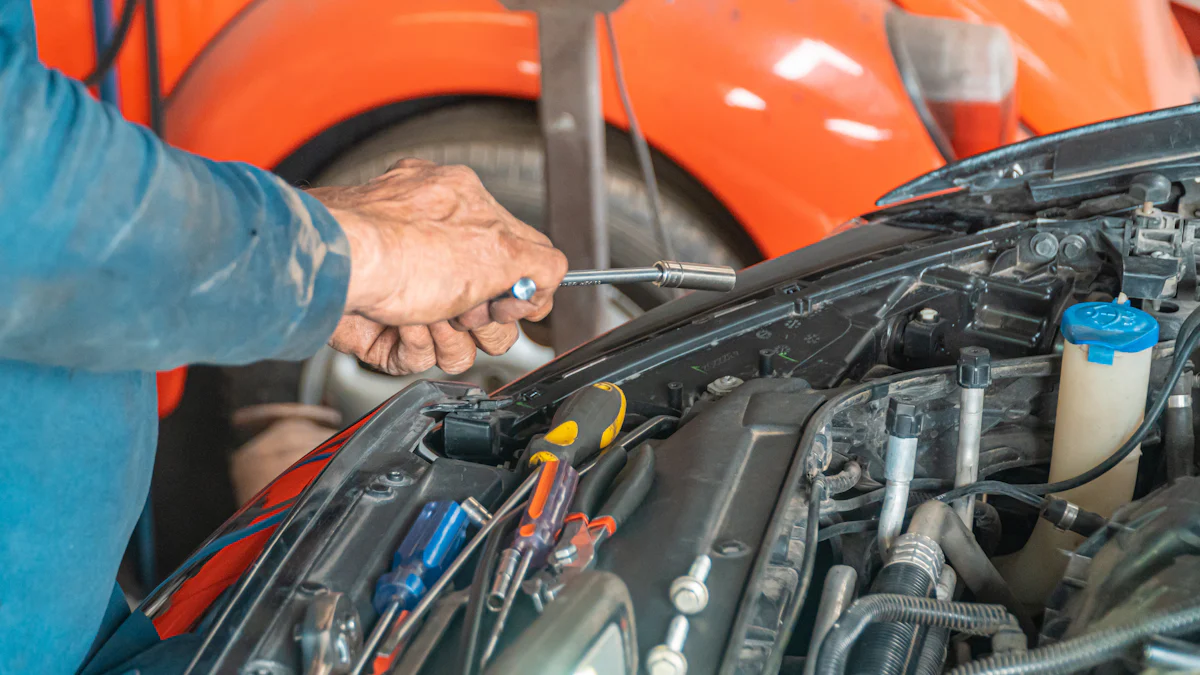
The engine exhaust manifold plays a crucial role in a vehicle’s performance, ensuring efficient exhaust flow. The 22RE exhaust manifold gasket is a small yet vital component that seals the connection between the manifold and the engine block. When this gasket fails, it can lead to various issues. Symptoms of a bad gasket include increased engine noise, decreased performance, and even fuel inefficiency. Understanding these signs is essential for timely maintenance. In this guide, we will explore the significance of this gasket, its common symptoms, and an overview of the replacement process.
Tools and Materials

When embarking on the task of replacing the 22RE exhaust manifold gasket, it is essential to have the right tools and materials at hand. Proper preparation ensures a smooth and successful replacement process, allowing you to maintain your vehicle’s optimal performance without any hitches.
Essential Tools
To begin with, Wrenches and Sockets are indispensable for loosening and tightening bolts during the replacement procedure. These tools provide the necessary leverage to secure components in place effectively.
Next, a Torque Wrench becomes crucial for achieving accurate torque specifications. Ensuring that each bolt is tightened to the manufacturer’s recommended torque prevents under or over-tightening, which can lead to potential issues down the road.
Lastly, RTV Sealer serves as a valuable asset in creating a secure seal between components. Applying this sealer appropriately helps prevent leaks and ensures a tight connection between the exhaust manifold gasket and the engine block.
Required Materials
The primary component needed for this replacement is the 22RE Exhaust Manifold Gasket itself. This gasket acts as a barrier between the exhaust manifold and the engine block, preventing exhaust gases from escaping prematurely. Choosing a high-quality gasket is paramount for long-lasting performance.
Additionally, having Replacement Studs and Nuts on hand is advisable during this process. Over time, these studs and nuts may wear out or become damaged, compromising the integrity of the connection. Replacing them along with the gasket guarantees a secure fitment that will withstand engine vibrations and temperature fluctuations.
By ensuring you have these essential tools and materials ready before starting the replacement process, you set yourself up for success in maintaining your vehicle’s exhaust system integrity.
Step-by-Step Guide

Preparation
When preparing to replace the 22RE exhaust manifold gasket, it is crucial to prioritize safety. Begin by donning appropriate protective gear, including gloves and safety goggles. These items safeguard against potential burns and injuries during the replacement process.
To ensure a safe working environment, clear any clutter around the engine bay that may impede your movement. Creating a clean workspace minimizes the risk of accidents and allows for better access to the components needing attention.
Safety Precautions
Before proceeding, disconnect the vehicle’s battery to prevent any electrical mishaps. This step eliminates the risk of short circuits or accidental engine starts while working on the exhaust manifold gasket.
Engine Cool Down
Allow ample time for the engine to cool down before initiating the replacement process. A hot engine poses burn hazards and can make handling components challenging. Waiting for the engine to reach a safe temperature ensures a comfortable and secure working environment.
Removing the Old Gasket
The first step in replacing the 22RE exhaust manifold gasket is disconnecting the exhaust manifold from the engine block. Utilize your wrenches and sockets to carefully loosen and remove each bolt securing the manifold in place. Take care not to damage surrounding components during this process.
Once all bolts are removed, gently detach the old gasket from its position between the manifold and engine block. Inspect both surfaces for any signs of damage or debris that could affect the new gasket’s seal.
Disconnecting the Exhaust Manifold
With precision, loosen each bolt gradually in a crisscross pattern to prevent uneven pressure on specific areas. This technique ensures an even release of tension across all connection points, facilitating easier removal of the exhaust manifold.
Removing The Old Gasket
Carefully lift off the old gasket, taking note of its orientation for proper placement of the new one. Cleanse both mating surfaces thoroughly with a suitable solvent to remove any residue that could hinder optimal sealing with 22RE exhaust manifold gasket.
Installing The New Gasket
Before installing the new 22RE exhaust manifold gasket, apply a thin layer of RTV sealer along both sides of each surface where it will be positioned. This additional sealant enhances leak prevention and promotes a secure bond between components.
Applying RTV Sealer
Using steady strokes, coat each surface evenly with RTV sealer to create a uniform barrier against potential leaks or gaps once assembled. Allow adequate drying time as per manufacturer recommendations before proceeding with positioning 22RE exhaust manifold gasket.
Positioning The New Gasket
Aligning the new gasket correctly is paramount for ensuring an effective seal between components. Carefully seat it in place on one side before gently pressing it down along its entire length. Confirm that all bolt holes align accurately for seamless reattachment of components.
Reattaching The Exhaust Manifold
Securely fasten each bolt back into position using your torque wrench set at manufacturer-specified values. Gradually tighten bolts in a crisscross pattern similar to removal, ensuring uniform pressure distribution across all connections.
Final Steps
Torque Specifications
- Follow the manufacturer’s recommended torque specifications diligently to ensure each bolt is tightened correctly.
- Utilize a torque wrench for precise control over the tightening process, preventing under or over-tightening.
- Gradually tighten each bolt in a crisscross pattern to distribute pressure evenly across all connections.
- Confirm that all bolts are securely fastened to the specified torque values, maintaining a stable and leak-free seal.
Checking for Leaks
- After completing the installation of the new 22RE exhaust manifold gasket, inspect the entire assembly for any signs of leakage.
- Start the engine and allow it to run for a few minutes, monitoring closely for any unusual sounds or visible exhaust emissions.
- Perform a visual inspection around the gasket area, checking for any escaping gases or traces of black soot.
- Use a flashlight to illuminate hard-to-reach areas and ensure no leaks are present that could compromise performance.
- Address any detected leaks promptly by revisiting the installation steps and verifying proper alignment and torque on all bolts.
Educational Tip:
Remember that proper torque application is crucial in maintaining an effective seal with the 22RE exhaust manifold gasket. Checking for leaks after installation helps identify any issues early on, ensuring optimal performance and preventing potential damage to your vehicle’s exhaust system. Stay vigilant during this final step to enjoy a well-sealed connection that enhances your engine’s efficiency and longevity.
By adhering to these final steps with precision and care, you can complete the replacement process confidently, knowing that your 22RE exhaust manifold gasket is installed correctly and ready to support your vehicle’s performance needs.
Tips and Tricks
Ensuring a Proper Seal
When it comes to 22RE exhaust manifold gasket replacement, ensuring a proper seal is paramount for optimal engine performance. One effective method to enhance the seal is by utilizing RTV Sealer. This specialized sealant acts as an additional barrier, filling in any minute gaps between the gasket and mating surfaces. By applying RTV Sealer along the edges of the gasket, you create a secure bond that minimizes the risk of leaks and ensures long-lasting functionality.
Another critical aspect of achieving a proper seal is through Proper Torque Application. Tightening the bolts to the manufacturer’s specified torque values guarantees uniform pressure distribution across all connection points. This prevents under or over-tightening, which could lead to potential leaks or damage to the gasket over time. Utilizing a torque wrench enables precise control over the tightening process, resulting in a secure and leak-free seal that enhances your vehicle’s exhaust system efficiency.
Maintenance Advice
Regular maintenance plays a vital role in prolonging the lifespan of your 22RE exhaust manifold gasket and ensuring optimal engine performance. Conducting Regular Inspections allows you to identify any early signs of wear or damage, preventing potential issues before they escalate. During these inspections, check for visible signs of deterioration such as cracks, tears, or deformities in the gasket material. Additionally, inspect the tightness of bolts and nuts securing the exhaust manifold to detect any loosening that may compromise the seal.
Being vigilant about recognizing Signs of Wear is crucial for timely intervention and preventive measures. Keep an eye out for symptoms such as unusual engine noises, visible exhaust emissions around the manifold area, or a decrease in engine performance. These indicators could signal a failing gasket that requires immediate attention. Addressing wear-related issues promptly can prevent further damage to your vehicle’s exhaust system and ensure continued reliability on the road.
Anonymous User on ThirdGen.org Forum shared an experience where an exhaust leak occurred due to a missing gasket. This incident emphasizes the critical role of a properly installed gasket in preventing leaks and ensuring optimal engine performance. Additionally, Anonymous User on Cartalk.com Forum recommends aftermarket exhaust manifold gaskets for their multi-layer design, especially beneficial for dealing with potential manifold warping issues. By following this comprehensive guide and using high-quality components like the 22RE Exhaust Manifold Gasket, individuals can avoid such mishaps and enjoy a well-maintained vehicle. Remember, attention to detail during replacement leads to long-term benefits and efficient engine operation.
Post time: Jun-14-2024



